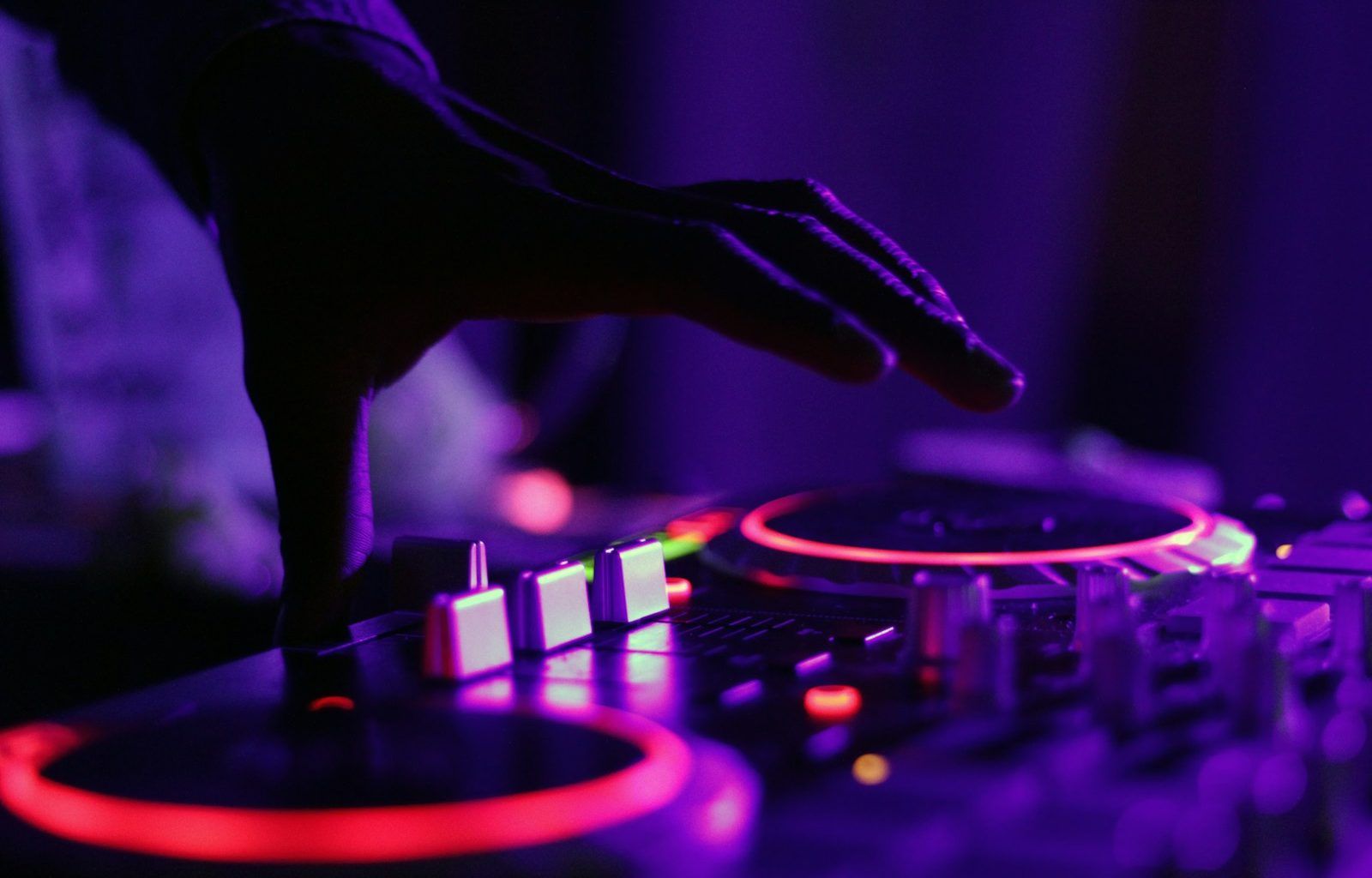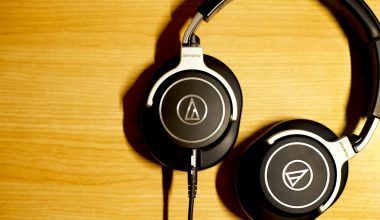Making music in a studio is one of the most exciting and rewarding experiences for any artist. It’s where raw ideas transform into polished tracks, and creativity takes center stage. Whether you’re a beginner stepping into a studio for the first time or an experienced musician looking to refine your process, there’s always something new to learn. This guide will walk you through everything you need to know, from setting up your studio to mastering your tracks, so you can make the most of every session.
What is a Music Studio?
Before we dive into the details, let’s start with the basics. A music studio is a space designed for recording, mixing, and producing music. It could be a professional setup with state-of-the-art equipment or a simple home studio built on a budget. The goal is the same—to create a controlled environment that allows you to capture and shape sound as precisely as possible.
No matter the size or sophistication of your setup, making music in a studio is about leveraging the tools at your disposal to bring your vision to life.
Setting Up Your Music Studio
The first step in making music in a studio is setting up your space. A well-organized studio can make a world of difference in your workflow and creativity.
Choosing the Right Location
The location of your studio matters. If you’re working from home, choose a quiet room with minimal outside noise. Basements or spare bedrooms are popular choices because they offer some degree of isolation. Remember, the fewer distractions you have, the more you can focus on making music.
Essential Equipment
You don’t need to break the bank to start making music in a studio. Here’s a list of basic equipment you’ll need:
- Computer: The heart of your studio. Invest in a reliable computer with enough processing power to handle your music software.
- Digital Audio Workstation (DAW): This is the software you’ll use to record, edit, and mix your music. Popular options include Ableton Live, Logic Pro, and FL Studio.
- Audio Interface: This device connects your instruments and microphones to your computer.
- Studio Monitors and Headphones: High-quality speakers and headphones are crucial for accurate sound reproduction.
- Microphones: Choose a good condenser microphone for vocals and dynamic mics for instruments.
- MIDI Controller: A keyboard or pad controller can make composing and arranging music much easier.
- Cables and Accessories: Don’t forget the little things, like XLR cables, mic stands, and pop filters.
Acoustic Treatment
Good acoustics are essential for making music in a studio. Invest in acoustic foam panels, bass traps, and diffusers to minimize unwanted echoes and improve sound clarity. Proper acoustic treatment ensures that what you hear in your studio accurately reflects your recordings.
Preparing for a Studio Session
Once your studio is set up, it’s time to prepare for your recording session. Being well-prepared can save you time and help you stay focused.
Planning Your Session
Before you hit record, take some time to plan your session. Decide on the songs you want to work on, and create a rough outline of the arrangement. This will give you a clear direction and help you stay productive.
Warming Up
Just like athletes warm up before a game, musicians should warm up before recording. Spend a few minutes practicing your parts, stretching your fingers, or doing vocal exercises. This will help you perform at your best.
Setting Up Your Equipment
Check that all your equipment is functioning properly. Test your microphones, adjust your levels, and make sure your DAW is ready to go. A smooth setup process can make your session more enjoyable and efficient.
Recording Your Music
Recording is the heart of making music in a studio. It’s where your ideas take shape and start to come alive.
Capturing Great Performances
The key to a great recording is a great performance. Focus on delivering your best take, but don’t stress over perfection. Sometimes, the raw emotion of an imperfect take can make a track more compelling.
Layering Tracks
Most modern music is built layer by layer. Start with the foundation, like drums or a rhythm guitar, and gradually add more elements. This approach helps you maintain clarity and balance in your mix.
Experimenting with Sounds
The studio is a playground for creativity. Don’t be afraid to experiment with different instruments, effects, or arrangements. Sometimes, unexpected ideas can lead to magic.
Mixing Your Music
Once you’ve recorded your tracks, it’s time to mix them. Mixing is the process of balancing all the elements of a song to create a cohesive sound.
Adjusting Levels
Start by setting the levels of each track. Make sure the vocals, instruments, and effects are balanced and complement each other. Use your studio monitors and headphones to check your mix from different perspectives.
Adding Effects
Effects like reverb, delay, and compression can add depth and polish to your tracks. Use them sparingly and thoughtfully to enhance the overall sound without overwhelming it.
Automation
Automation allows you to adjust volume, panning, and effects over time. It’s a powerful tool for adding dynamics and movement to your mix.
Mastering Your Tracks
Mastering is the final step in making music in a studio. It’s the process of preparing your tracks for distribution by optimizing their sound and ensuring consistency across all playback systems.
EQ and Compression
During mastering, you’ll fine-tune the EQ and compression of your tracks to achieve a balanced sound. This step ensures that your music sounds great on any device, from high-end speakers to smartphone earbuds.
Adding Final Touches
Mastering also involves adding final touches, like stereo widening or harmonic enhancement. These subtle changes can make your tracks sound more professional.
Exporting Your Music
Once you’re satisfied with your master, export your tracks in the appropriate format. High-quality WAV files are ideal for distribution, while MP3s are suitable for sharing online.
Tips for Staying Creative in the Studio
Making music in a studio is as much about creativity as it is about technical skills. Here are some tips to keep your creativity flowing:
- Take Breaks: Step away from your work periodically to recharge and gain perspective.
- Collaborate: Working with other musicians can spark new ideas and push you out of your comfort zone.
- Experiment: Don’t be afraid to try new techniques or explore unconventional sounds.
- Stay Organized: Keep your studio clean and your files organized to reduce stress and save time.
Conclusion
Making music in a studio is a journey of discovery and expression. It’s where you turn your ideas into reality and create something that resonates with others. By setting up your studio, preparing effectively, and embracing both the technical and creative aspects of music production, you can make the most of every session. Whether you’re recording your first song or crafting your next album, the studio is your canvas, and your music is the masterpiece waiting to be created.
For further reading, explore these related articles:
- Circles Post Malone Lyrics – A Song About Love, Loss, and Life
- Billie Eilish’s Big Moment at the Oscars 2022: A Night to Remember
For additional resources on music marketing and distribution, visit DMT Records Pvt. Ltd..






